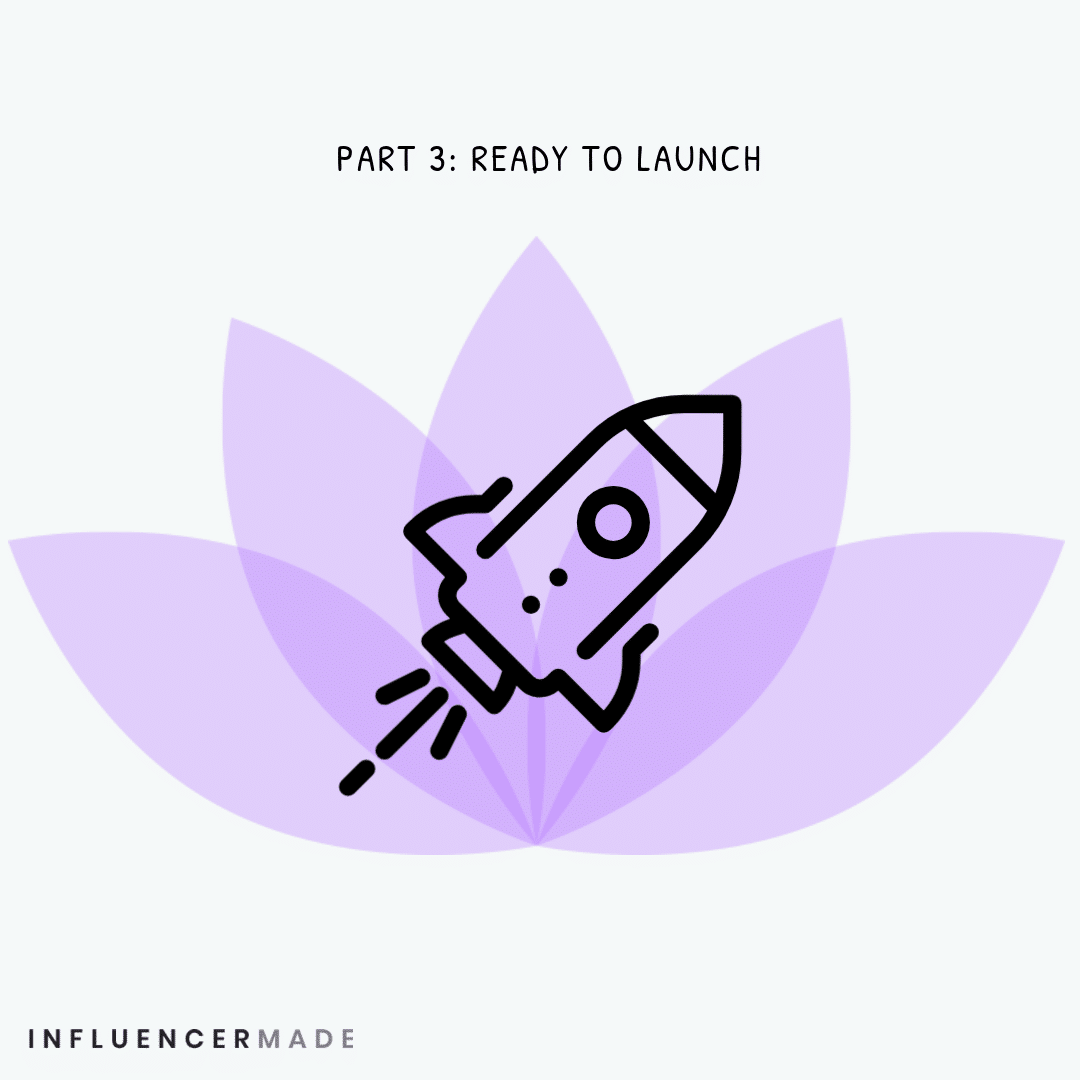This post is part one of a three-part series on personal branding. It will cover the market research aspects of setting up a personal brand.

1. Narrow Down Your Topic of Interest
Regardless of the main platform you choose, it is crucial that you narrow down a niche for your brand. Your niche will dictate the type of content you produce, help you market to the right following, and help sponsors find your profile in the future.
Identify your niche and dominate it. And when I say dominate, I just mean work harder than anyone else could possibly work at it.
Nick Parker
Many people new social media struggle to narrow their brand down and instead want to produce broad content that will appeal to everyone. While there are a few experienced influencers that do have broad appeal after years of hard work, this technique will generally leave you without a loyal audience and with no clear marketing strategy.
The beauty of knowing your niche allows you to double down on producing valuable content that will draw in an audience. Over time, you will be seen as an expert or someone to go to with questions within the niche and when that happens, your influence will be strong enough that you can use it to generate income through sponsorships, affiliate deals, or community funding.
Knowing your niche will also help you narrow down which platform (or platforms) you should use to grow you brand. Click the following links to learn more about five of the best influencer sites online:
How to Find your Influencer Niche
To narrow down your niche, ask yourself the following questions and write down the answers so that you can refer back to them:

2. Write Your Brand’s Mission Statement
Knowing your niche isn’t enough. You must also know why you want to create content for it and what will motivate you to continue even when things seem to plateau. While you will share elements with other people and brands, your particular purpose (or mission statement) will be unique to you. It will likely be based on a series of ratios of the following metrics:
Once you know the reasons why you want to create an online venture, give yourself goals and plan mini-rewards for reaching them that closely relate to what inspires you to work. Make each goal actionable and reasonable to reach so that you can see your progression quickly enough and feel encouraged through your most crucial growth periods.
How to Write Your Brand’s Manifesto
Write down your purpose and your goals in a place where you will see them and acknowledge them as often as possible. Do whatever you need to do to stay inspired, whether it be creating a vision board or setting aside a time to plan out each day over a cup of coffee.

3. Study Similar Brands
Once you have decided on a niche, it is a good idea to study brands that are doing similar things. Make sure to look across several social platforms, not just the one that you plan to primarily use. Additionally, once you find creators that you enjoy, look for them on other platforms to see how they use each to grow their brand. While you should never duplicate what someone else is doing, understanding their basic marketing strategies will help you create your own.
The following five creators in five different niches have been able to grow their brands through unique marketing strategies based on their understanding of their niche and target audience. While they each have a YouTube channel, they each use other platforms to continue growth and engage with their communities:
Don’t just focus on those “who made it.” You should also look at smaller content creators that appeal to you and see what they are doing. Use a combination of ideas to inspire you to create something fresh and unique that will set you apart in your niche.
How to Find Value From Other Brands
As you find influencers in your niche, write down what stands out to you. What posts, images, or videos have gotten the most engagement from their following? Can you determine why? Look for trends in their work that you see them consistently use. Often this will be an indication that they have found it useful in their overall growth.
Over time, it will become easier for you to spot the marketing techniques used by businesses and people on social media. You can implement similar tactics to increase your own influence.

4. Identify Your Target Audience
Knowing your target audience will allow you to craft your content in a way that will be more appealing to them. While there almost every topic will have interested people from every demographic, most will have a core fanbase from one or two demographics. Your job is to narrow this data down to a “unique” person that fits in this category and craft your work around what they would love. Influencers who master this will be able to grow their profiles faster and stronger than most.
Here are a few things that you should consider when identifying your audience. Depending on your niche, each will hold a different weight in its importance:
Take Action
Search for an image or write down the general demographic of your target audience. Try to make it as specific as possible to one or two people that you can pretend you are creating posts.
As you grow, you will want to frequently check your analytics and adjust your target audience by your actual one. As you see what is working for your brand, continually produce content that gets them excited.

















